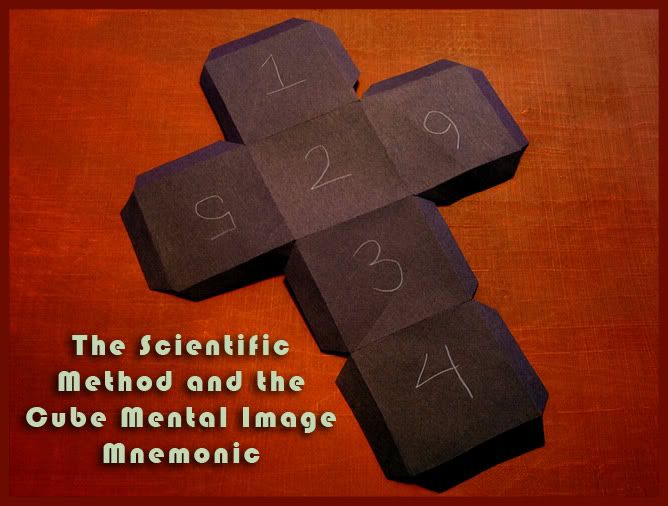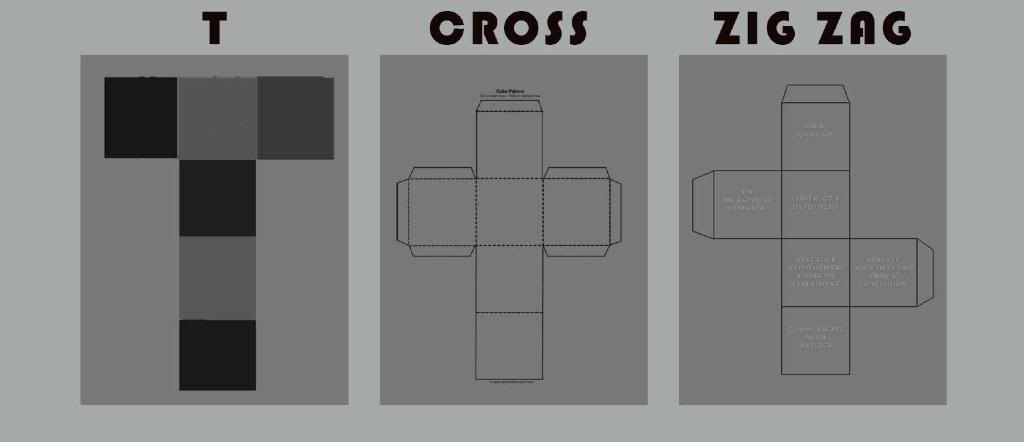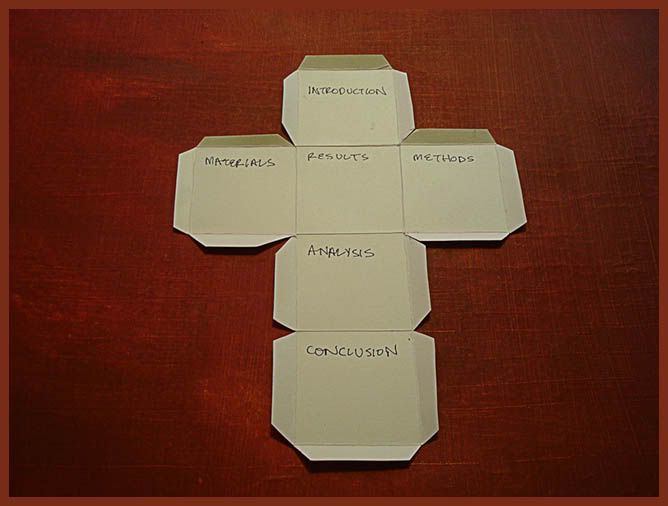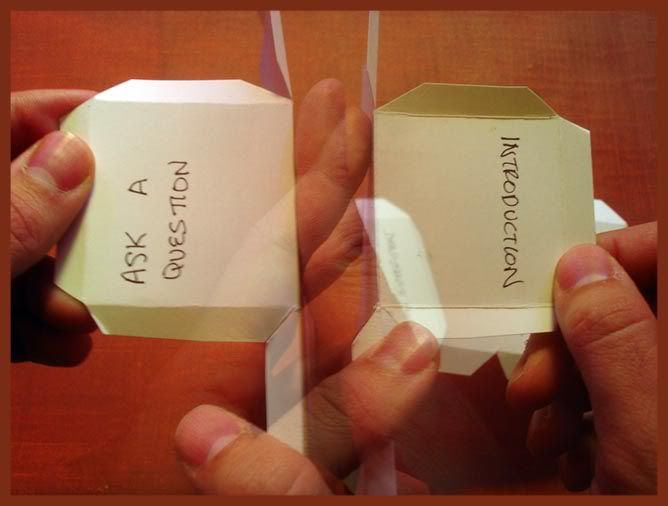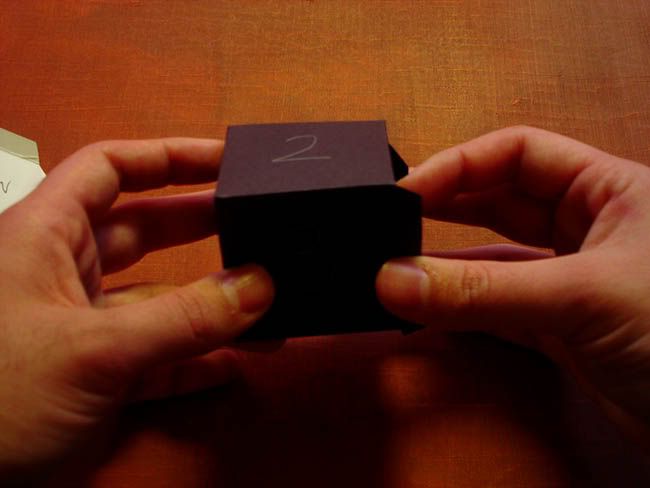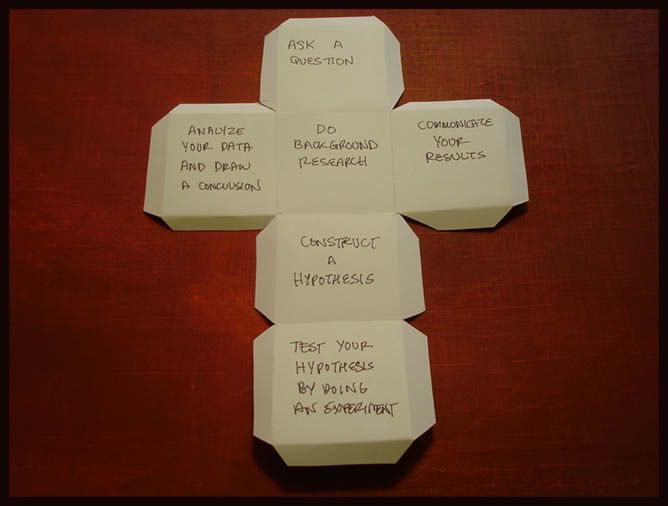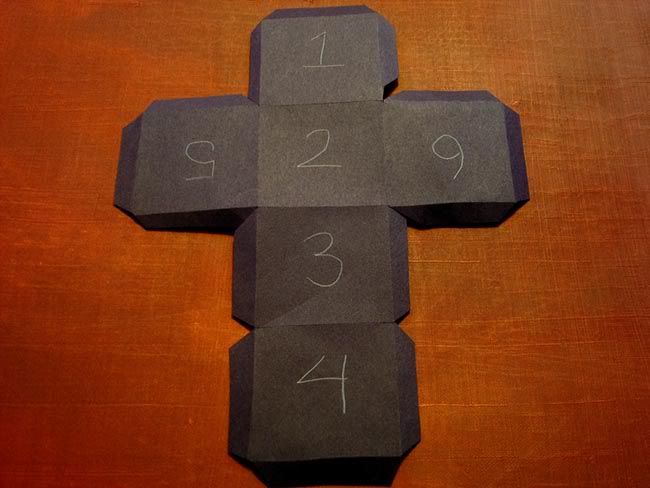Dennis Prager for the National Review recently wrote an article called, “F*** You” from the Music Industry."
This article is a critique of that critique which considers Cee Lo Green's nomination for a Grammy award as a problem: "There is no better explanation for “F*** You” being nominated as Record of the Year. It has little, if any, redeeming moral, social, or artistic (to the extent that this word retains its original meaning) value. The lyrics are as vapid as they are obscene." Prager who is also a talk show host, writes on subjects as varied as Cancer to rap music, apparently.
The full article is quoted below, but first I will discuss how the criticism Prager levels against the nominees artwork is inherently flawed for two reasons. One, the work in question is reduced to a dissection of lyrics, ]and one that negates the very nature of the art form of music, that being sound and timing. Two, the work is criticized in terms of cultural instruction and ignores the context of the work, which is includes irony, showmanship, and hyperbole.
Regardless of a moralistic agenda, that being to protect which are his ideals, "that which is held sacred," Prager ignores all context of the work and the purpose of the Grammy's to hold artists to standards which do not apply.
I can most succinctly exemplify the flawed nature of the criticism with his assertion that Green's song proclaims "social norms" stifling. The song is about a break up, first of all, and the normal human emotions associated with this classic social activity: dating. It actually affirms conservative values, with its implied narrative. That point aside, the song is much more than its lyrical or narrative structure and its triumph is found in the great voice of the singer and the musical arrangement. Once again, Prager makes an ironic accusation by claiming that the song fails to "uplift" like other superior works. The intended irony of the song is quite obvious, despite a heartbreak and loss, the singer will survive and thrive. This IS uplifting!
The rest of the article harps on the use of the "N-word" while once again ignoring context. When Jay Z uses the word the context is that of a man calling his peers and friends a term of self identifying ownership, not as an insult.
If appears as though Prager would prefer artwork to contain literally positive imagery used in a traditional way. That's a preference, but its not one the Grammy Committee, the artists, or the public should take seriously.
Downloaded for archival use in education on December 9, 2010. from this url: http://www.nationalreview.com/articles/print/254633
"Dennis Prager
December 7, 2010 12:00 A.M.
“F*** You” from the Music Industry
Profanity, crudity, and ugly images are pervasive in this year’s Best Song Grammy nominees.
The nominees to receive the most prestigious awards in the music industry, the Grammy Awards, were just announced. Among the five nominees for Record of the Year is a song titled “F*** You,” with the F-word, of course, spelled out, and pronounced.
Here are the song’s opening lyrics:
I see you driving ’round town
With the girl I love and I’m like,
F*** you!
Oo, oo, ooo
I guess the change in my pocket
Wasn’t enough I’m like,
F*** you!
And f*** her too!
The next lyrics add the S-word:
I said, if I was richer, I’d still be with ya
Ha, now ain’t that some s**t? (ain’t that some s**t?)
And although there’s pain in my chest
I still wish you the best with a . . .
F*** you!
Oo, oo, ooo
And shortly thereafter, the N-word:
I picture the fool that falls in love with you
(oh s**t she’s a gold digger)
Well
(just thought you should know nigga)
Ooooooh
It is also worth noting that the video of this song includes children who appear to be under 12 years of age, and all the performers are black — a point which I will address later.
I have long believed that MTV has done more damage to America’s young people than any other single institution. I am referring to the music videos, in which most images or scenes are shown for less than two seconds and thereby numb kids’ minds, and to the sexual imagery and sex talk that permeate the music videos and much of the rest of MTV programming.
But while MTV should be singled out for the damage it has done to America, the music industry in general has been equally guilty.
How does a song replete with expletives, whose very title is “F*** You,” get nominated for a Grammy Award as Record of the Year?
The answer is that the music industry, from producers to artists, is largely populated by people who regard social and cultural norms as stifling. Their professional lives are dedicated to lowering that which is elevated, destroying that which uplifts, and profaning that which is held sacred.
There is no better explanation for “F*** You” being nominated as Record of the Year. It has little, if any, redeeming moral, social, or artistic (to the extent that this word retains its original meaning) value. The lyrics are as vapid as they are obscene; the video further degrades that part of black life that is already too lacking in elevation; and there is the participation of children in a profanity-filled video. For most of American history, a child who used such words was punished by his parents, and society instinctively knew how important it was not to expose children to obscenities. Today, adults in the music industry reward children for participating in videos laced with obscenities.
Nor is the nomination of “F*** You” as Song of the Year an aberration. Two of the other four nominees are rap “songs” whose lyrics are also vile.
Here are typical lyrics from Eminem’s nominated “The Way You Lie”:
And I love it the more that I suffer
I suffocate
And right before I’m about to drown
She resuscitates me
She f***ing hates me
And I love it.
And later on:
If she ever tries to f***ing leave again
I’ma tie her to the bed
And set the house on fire.
The third nominee is an ode to New York City, “Empire State of Mind,” performed by black rapper Jay-Z and Alicia Keys, and which also contains the N-word. It is worth recalling that when white radio-show host Laura Schlesinger used this word solely in order to condemn its use in inner-city black life, society’s elite poured such wrath on her that it forced many of her sponsors to abandon her, and she decided to leave radio. But when Jay-Z uses it, he is rewarded with the nomination for the highest award in the music industry.
Two examples of the N-word use:
Say what’s up to Ty-Ty, still sippin’ mai tai’s
sittin’ courtside, Knicks & Nets give me high five
Nigga I be Spike’d out, I could trip a referee
Tell by my attitude that I’m most definitely from. . . .
You should know I bleed blue, but I ain’t a Crip though
but I got a gang of niggas walkin’ with my clique though . . .
For the record, the fourth nominee, “B.o.B — Nothin’ on You,” is another rap song with something of a melody behind it. This song has a decent message of a young black man who, though tempted by other women, only wants his woman. And the fifth nominee was a lovely song, “Need You Now,” by the country music group Lady Antebellum.
How deep is the decay in the music industry?
According to the Los Angeles Times, these Grammy nominees were “decided on by about 12,000 voting members of the Recordings Academy.”
— Dennis Prager is a nationally syndicated radio talk-show host and columnist. He may be contacted through his website, dennisprager.com.
